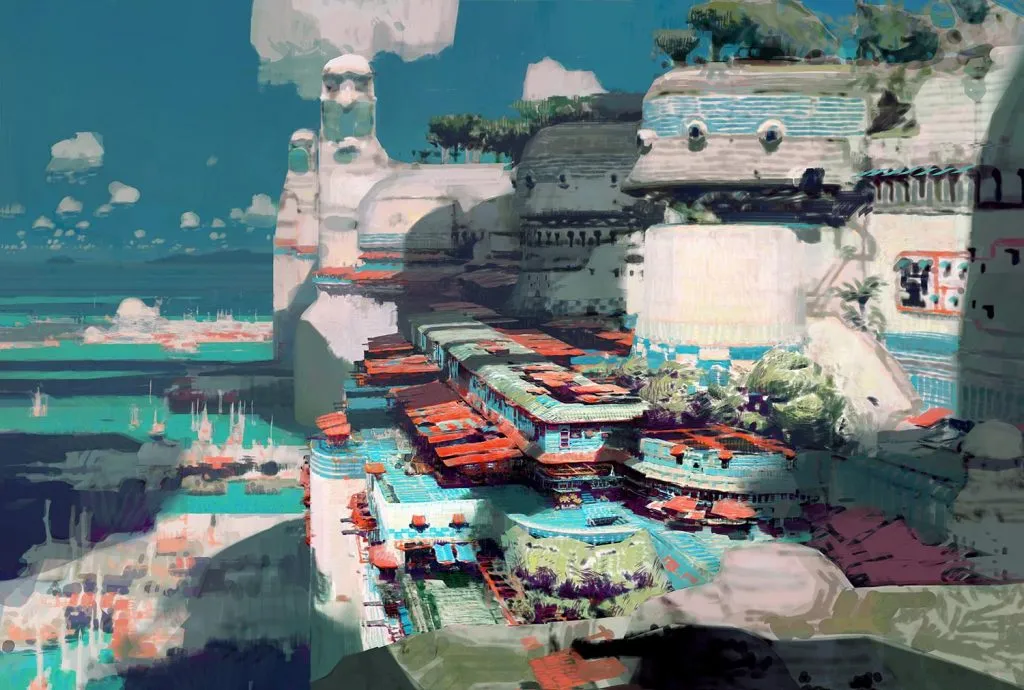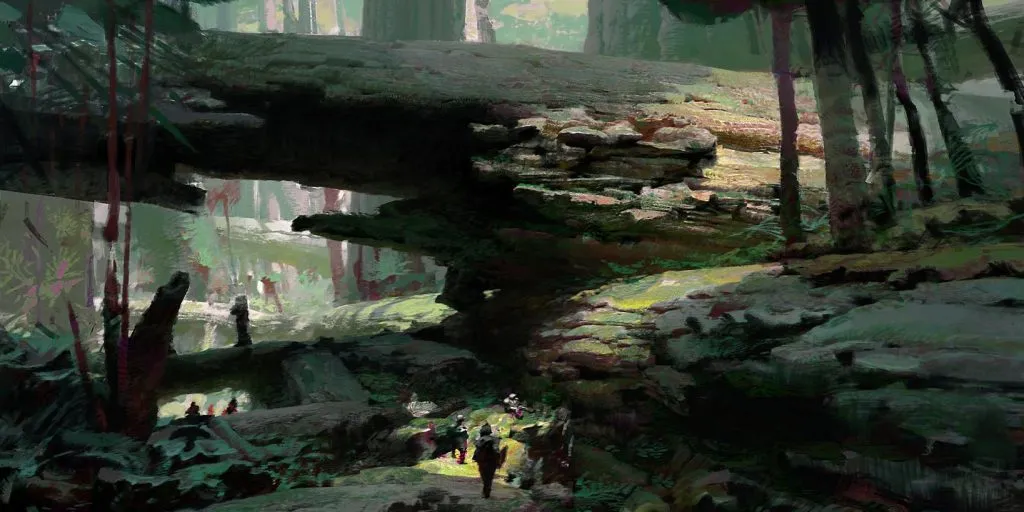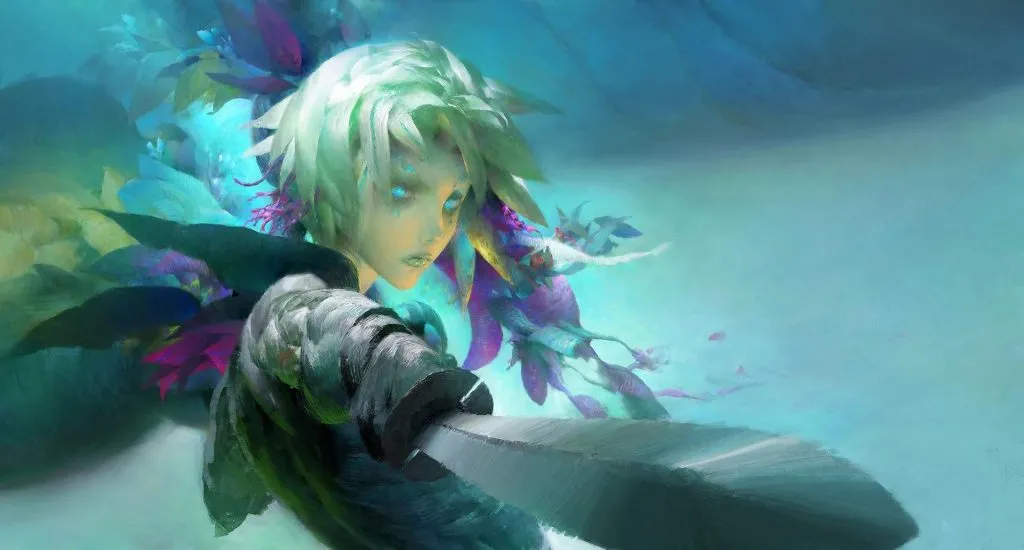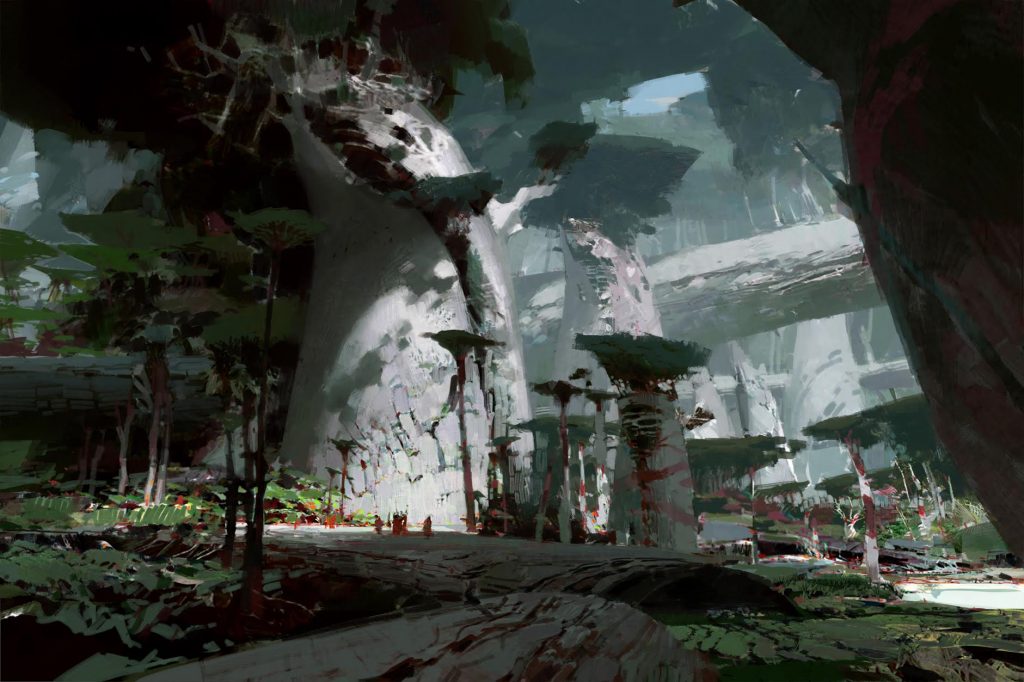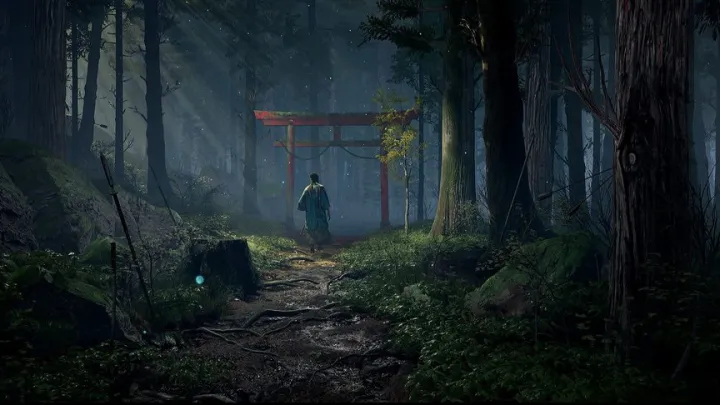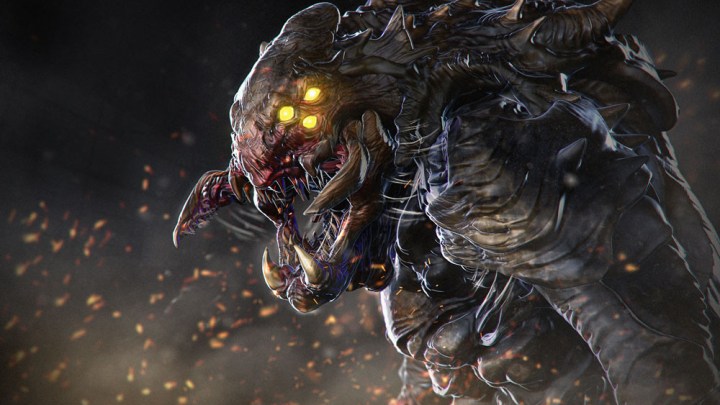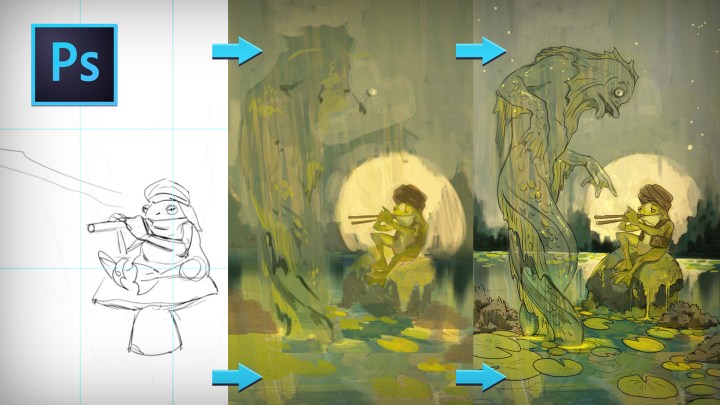10 Do’s and Don’ts for Landing a Job at a Game Studio
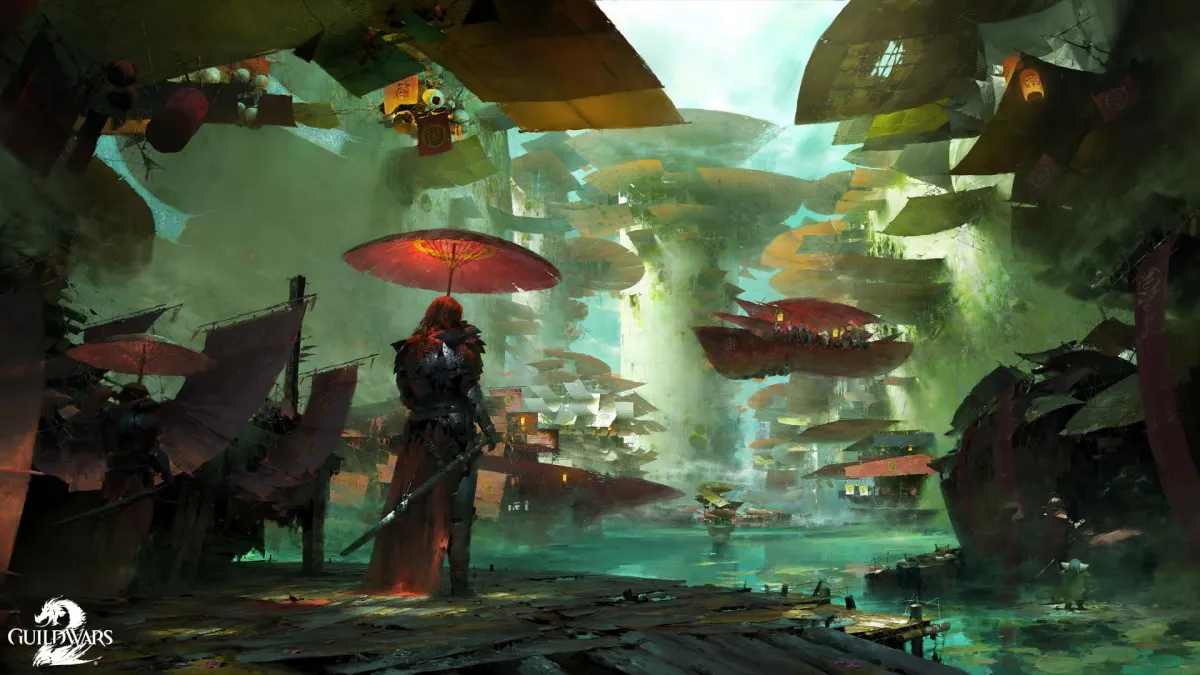
Whether you specialize in characters, environments, illustration, 3D modeling, production or concept art, once you’ve made it past the first step, the key successful factors to acing your interview and getting the job are pretty much the same. Say you just put your all into making an awesome portfolio and finally got a call to come in, but what’s next?
Your portfolio got you the interview but you’re just a part of the way there! Now you have to learn to wow the recruiters and show them why they should hire you.
Alejandro Rodriguez has years of experience as a recruiter in the game art industry. His background in 3D art h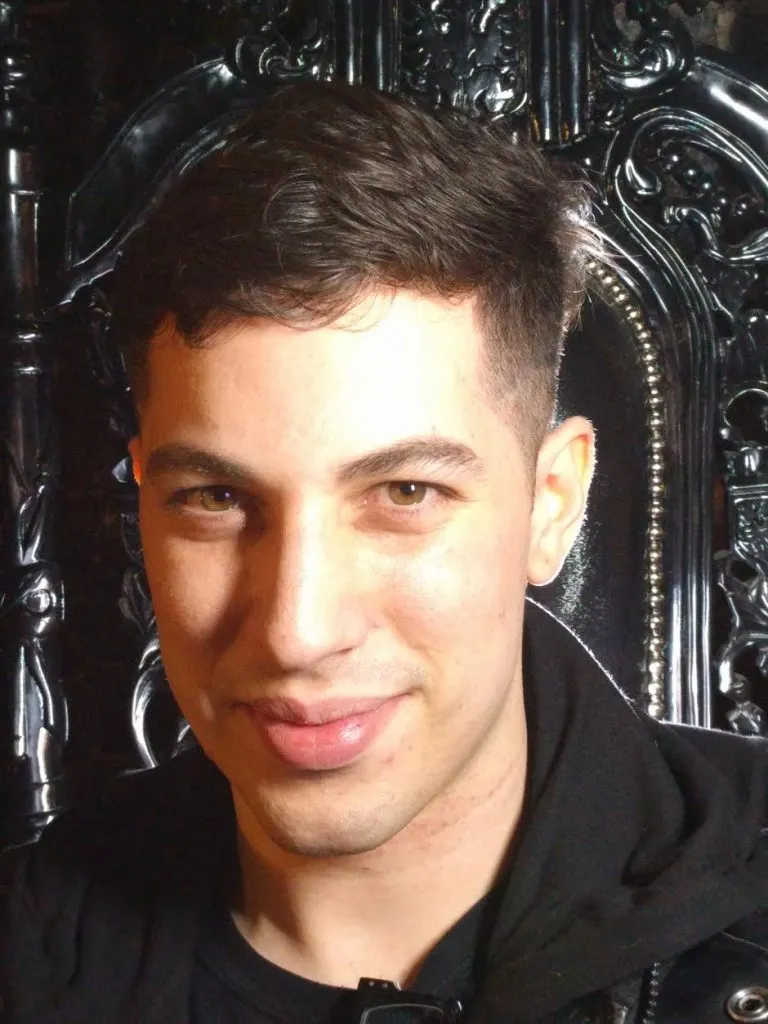 as empowered him to represent several AAA gaming industry companies such as ArenaNet, WB Games, Glu Mobile, and Microsoft. Over these past five years, he had the fortune to learn deeply from extraordinary game art teams, and has in return striven to bolster their ranks with passionate artists who will help them reach their goals.
as empowered him to represent several AAA gaming industry companies such as ArenaNet, WB Games, Glu Mobile, and Microsoft. Over these past five years, he had the fortune to learn deeply from extraordinary game art teams, and has in return striven to bolster their ranks with passionate artists who will help them reach their goals.
We had the chance to interview Alejandro and get his insider advice on how to impress your recruiters and land yourself a job as a game artist.
Artwork by Theo Prins
DO tailor your resume.
Many applicant-tracking systems (ATS) allow recruiters to find specific keywords and apply other filters to a studio’s database. Some companies and firms automatically sort applications depending on previously selected filters, so please make sure to tailor your resume to the company you wish to work for. Ask yourself: does your resume read like the job description?
The advice you can take from this is to study the job description and personalize your resume to it since you want to make sure that the recruiter does not have to make a leap of faith to understand if you would be the right fit for the role.
DON’T worry too much about having a degree – unless you’re planning to move out of the country.
In truth, it is all about your talent and your ability to work with a team. Hiring managers and myself as a recruiter do not worry too much about a degree when it comes to considering candidates for art roles.
However, you should heed the words of Jon Troy Nickel, for he brings up the main reason for you to have a degree:
“The bottom line is that most visas require professionals to have degrees or the equivalent relevant experience. 3 years of relevant experience per 1 year of lacking education. So even if you’re a great artist, and if you’ve done 5 years of freelancing, or even 7 years in-house at a local studio but you do not have a degree, your chances to enter the USA for example, are greatly reduced for a standard H1B Visa.”
Artwork by Theo Prins
DON’T be indifferent.
The best way to impress recruiters is to have passion, heart, and enthusiasm! If you show an employer how interested you are in what they are creating, it goes a long way. Show an employer that this where you want to be and that this is exactly what you want to be doing.
DO ask questions.
An interview is a two way street. Not only is the studio trying to find out if they are a good fit, but the candidate should also figure out if the studio is a good fit for them. The candidate should be inspired to ask all kinds of questions such as the present and future plans of the studio, studio culture, day-to-day responsibilities, benefits, studio process, stability, studio’s initiative to learn new software, etc.
Above all, candidates should do their homework before an interview. Write down questions they are curious about, research the studio, their games, anything. Get excited about the possibility of working there and the rest will come easy.
Artwork by Ruan Jia
DO be prepared for their questions.
You can be sure that if you made it past initial calls and art test, the studio is not too concerned with your actual art skills. Once you are invited in to a studio for an interview, the team will need to determine if you can be culture fit and will want to make sure you are not impossible to work with. Sometimes studios will try to throw questions that will raise the pressure and back you into a corner, but remember that they are not trying to be mean; it is mostly to see how you handle yourself in tough situations so keep your cool.
Questions that you should expect are definitely: What got you into art? What is your process? What part of the process is your favorite? Least favorite? Do you like to collaborate with other disciplines or are you a solitary artist? Where do you see yourself in 5 years? Do you work on personal art? What projects have you enjoyed the most? Do you know “X” software?
DON’T be difficult to work with.
Apart from obvious HR violations, here are some sure-fire ways to fail the interview right away that come up most often:
- Overconfidence where the skills do not match the attitude – Dunning–Kruger effect
- Inability to learn new tools, new workflows, pipelines, etc.
- Inability to take feedback
- Blatant lack of humility
- Negative outlook – It is ok to have negative experiences but do not allow those experiences to shape who you are as a person
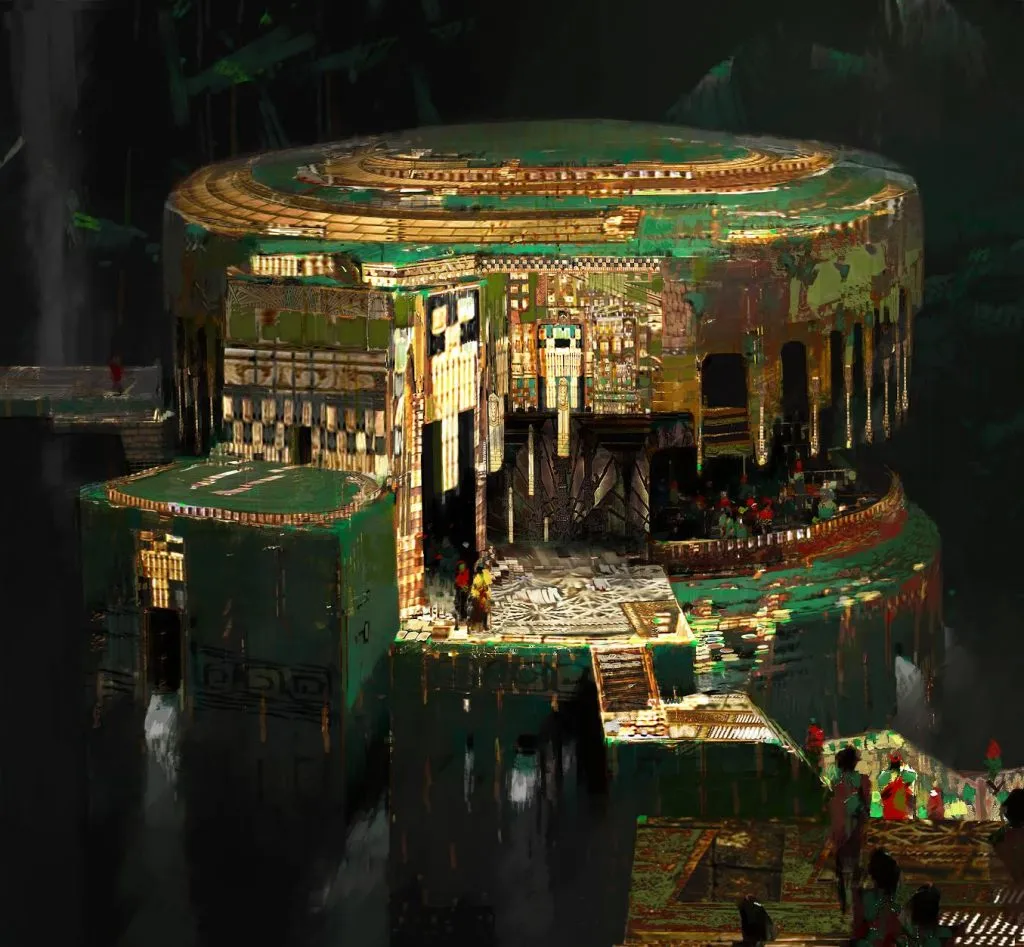
Artwork by Theo Prins
DO be honest when asked how long an artwork took to create.
I can understand why the how long did “X” take you can be offsetting, but to this you should answer truthfully.
The reason behind this is that the person interviewing you wants to quantify how long it will take you to complete the work that is to be assigned to you. Focus on efficiency, understanding the tools at your disposal, and ways to shorten your development time without sacrificing quality.
DON’T stop continuing to grow.
The biggest mistake an artist can make is to plateau/not continue to grow. If you show you have plateaued with the amount of rising talent out there, you will most likely be passed up. Work hard and you will be rewarded.
Additionally, artists who show a basic understanding of fundamentals, bad presentation or who do not treat themselves like professionals will not be considered. Recruiters and art leads have to review a large number of candidates in a short amount of time so we urge you to focus on your best work and allow us to understand your artistic purpose.
DO your best.
No matter how the studio situation looks, this attitude carries on in the minds of your coworkers and will help you in the future.
We work in chaos sometimes but it happens so learn from it and move on. If you can show them how you learned something from it, or how you fixed a tough situation, you win.
Artwork by Theo Prins
